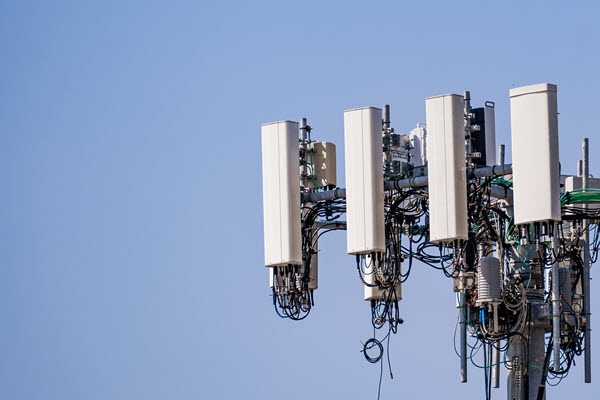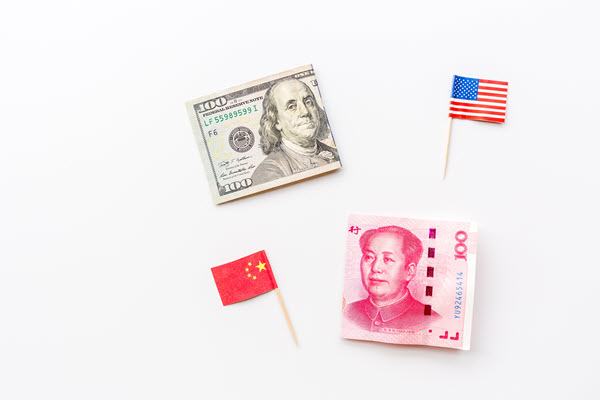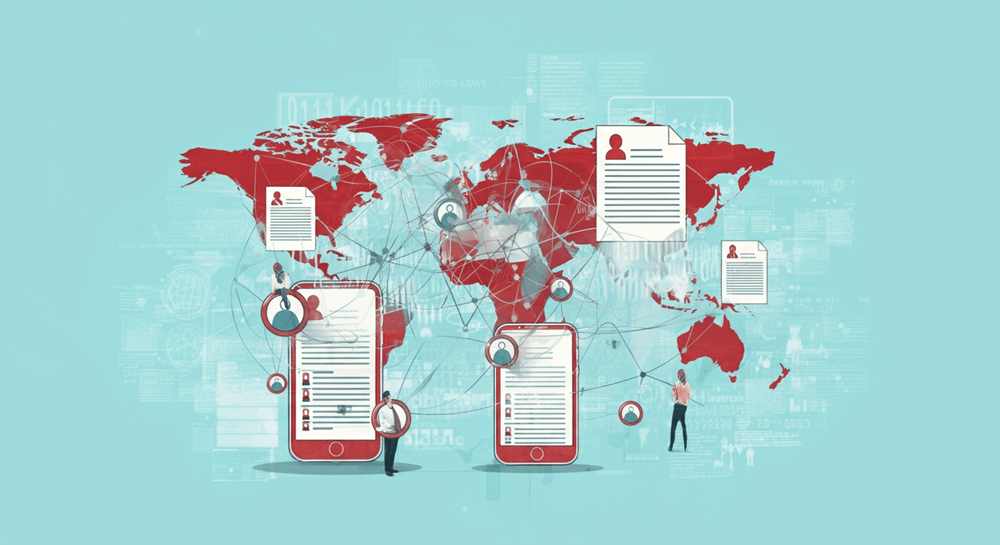The regulation of technology companies has become a focal point of international trade law. With technology driving global commerce and innovation, governments are grappling with how to regulate tech giants while maintaining fair trade practices.
The intersection of international trade laws and tech regulation raises critical questions about sovereignty, market access, data privacy, and national security.
This article explores how international trade laws shape tech regulation, the challenges of enforcing these laws, and their implications for governments, companies, and consumers.
The Relationship Between International Trade Laws and Technology
1. Trade Agreements and Digital Trade Provisions
Modern trade agreements increasingly include provisions specific to digital trade, reflecting the importance of technology in global commerce. These agreements aim to facilitate cross-border data flows, prevent data localization requirements, and ensure fair market access for tech companies.
Key examples:
- USMCA (United States-Mexico-Canada Agreement): Includes provisions to prohibit customs duties on digital products and protect source code and algorithms.
- CPTPP (Comprehensive and Progressive Agreement for Trans-Pacific Partnership): Contains rules on e-commerce, data protection, and intellectual property in the digital space.
2. World Trade Organization (WTO) and Technology
The WTO’s General Agreement on Trade in Services (GATS) applies to many tech-related services, such as telecommunications and online platforms. However, the WTO’s framework, established in the pre-digital era, struggles to address emerging issues like artificial intelligence and cloud computing.
Key Issues at the Intersection of Trade Laws and Tech Regulation
1. Data Localization vs. Free Trade
- The Issue: Some countries require tech companies to store user data within their borders (data localization) to protect national security or privacy.
- Trade Law Conflict: Data localization requirements may violate trade agreements that promote free cross-border data flows.
- Example: India’s data localization laws have sparked concerns under WTO rules, as they impose additional burdens on foreign tech firms.
2. Tariffs on Digital Goods
- The Issue: Despite agreements to prohibit tariffs on digital products, debates persist over what constitutes a “digital good” versus a service.
- Example: The WTO moratorium on e-commerce tariffs is regularly contested, with some nations arguing for the right to tax digital goods to protect domestic industries.
3. Geopolitical Tensions and National Security

- The Issue: Governments often justify tech regulations, such as bans on foreign apps or restrictions on 5G technology providers, on national security grounds.
- Trade Law Conflict: Such measures can be challenged as protectionist under international trade rules.
- Example: The U.S. ban on Huawei and the European Union’s scrutiny of Chinese tech firms have led to tensions with trade partners.
Challenges in Enforcing Trade Laws on Technology
1. Rapid Innovation Outpacing Regulation
Technology evolves faster than legal frameworks, making it difficult for trade laws to address issues like blockchain, artificial intelligence, and quantum computing.
2. Jurisdictional Conflicts
Tech companies operate globally, but trade laws are enforced at the national or regional level, leading to conflicting regulations. For example:
- The European Union’s GDPR sets strict privacy standards, while the U.S. adopts a more laissez-faire approach.
3. Lack of Consensus on Digital Trade Standards
Countries differ on key issues such as privacy, cybersecurity, and intellectual property rights, complicating efforts to create a unified approach under trade agreements.
Case Studies: Trade Laws and Tech Regulation in Action

1. The U.S.-China Tech War
The U.S. has imposed export controls on advanced semiconductors and restricted Chinese tech firms like TikTok and Huawei. While these measures aim to protect national security, they have been criticized as violating WTO rules against discriminatory trade practices.
2. The EU’s Digital Services Act (DSA)
The DSA introduces strict rules for tech companies operating in the EU, including requirements to remove harmful content and disclose algorithms. Non-EU companies argue that these rules act as non-tariff barriers to trade, potentially conflicting with WTO principles.
3. India’s Ban on Chinese Apps
India banned over 200 Chinese apps, citing data privacy and national security concerns. These actions raise questions about whether the bans comply with WTO rules or constitute an unjustified restriction on trade.
The Future of Trade Laws and Tech Regulation
1. The Rise of Plurilateral Agreements
Smaller groups of countries are negotiating digital trade rules outside traditional multilateral frameworks. For example, the Digital Economy Partnership Agreement (DEPA) between Singapore, New Zealand, and Chile focuses on digital trade.
2. Evolving Role of the WTO
The WTO is under pressure to modernize its rules to address digital trade and technology regulation. Initiatives like the Joint Statement Initiative on E-Commerce aim to establish new norms for digital trade.
3. Balancing Sovereignty and Global Standards
As countries assert their right to regulate technology within their borders, the challenge lies in reconciling these measures with international trade obligations. Striking this balance will require innovative legal and policy solutions.
Implications for Stakeholders
For Governments:
- Need to align domestic regulations with international trade commitments to avoid disputes.
- Collaborate on creating global standards for digital trade and technology.
For Tech Companies:
- Adapt to varying regulatory environments while advocating for harmonized trade rules.
- Prioritize compliance with privacy, security, and trade laws to maintain market access.
For Consumers:
- Benefit from improved data protection and digital rights under stricter regulations.
- Risk losing access to services or facing higher costs due to trade disputes.
Conclusion
The intersection of international trade laws and tech regulation represents a critical frontier for legal and economic policymaking. As technology continues to reshape global commerce, governments and international organizations must adapt their legal frameworks to balance innovation, sovereignty, and fair trade.
By fostering cooperation and developing modern trade agreements, the global community can create a robust system that supports both technological progress and equitable trade practices.
